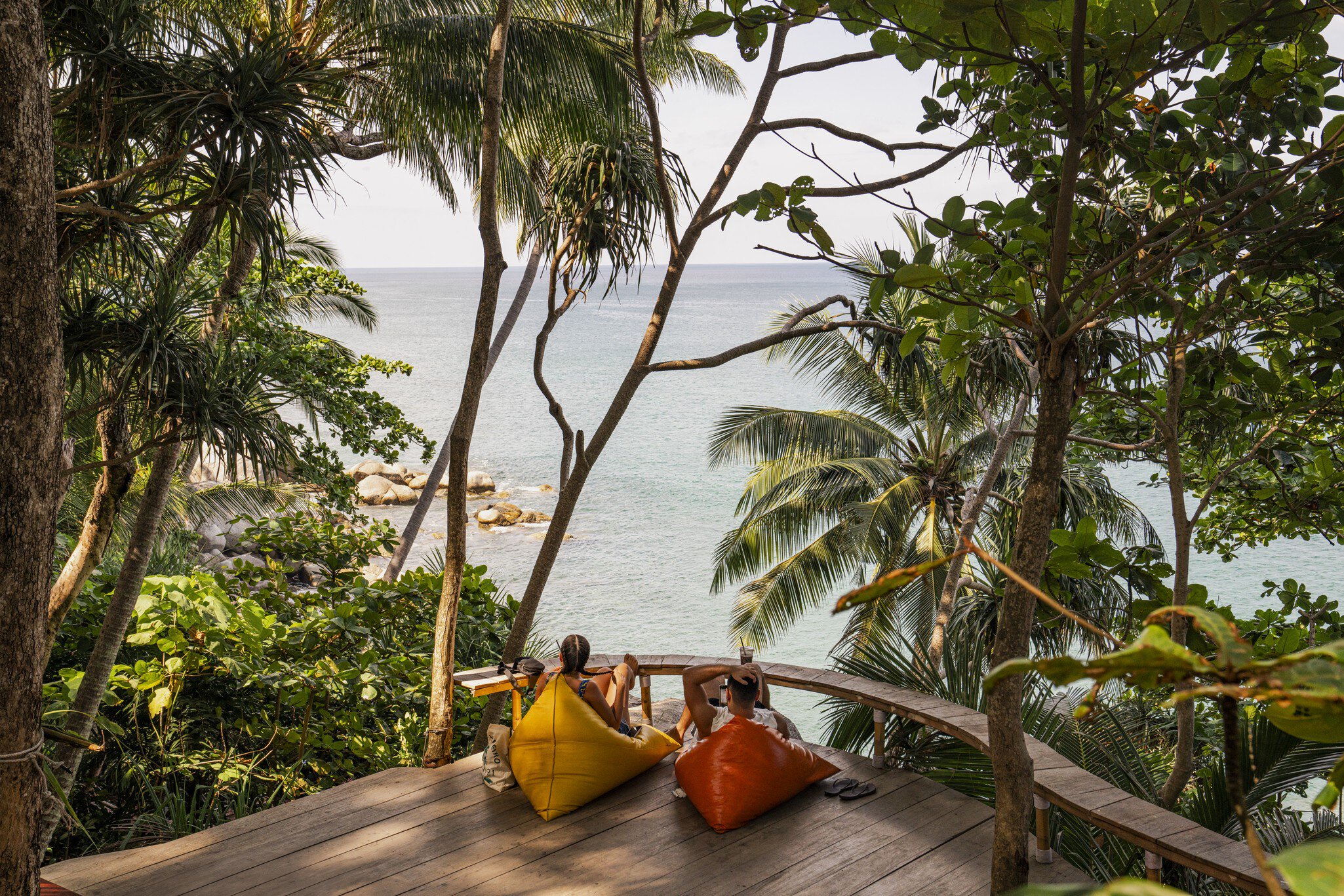

Classic architecture in the Old Town neighborhood of Montréal. f11photo/Shutterstock
A slice of European, a pinch of cosmopolitan North America and fully its own quirky self, Montréal is Canada’s artiest, coolest city, worth spending days and days exploring.
Known for its French-Canadian culture, 17th-century historic district and architectural landmarks, Montréal is the largest city in the Quebéc province. From lining up to eat Montréal-style bagels and smoked meat to climbing “the mountain” and checking out world-class museums, there is so much to enjoy in this captivating city. Just make sure to leave time to wander and soak in the vibe. These are the best things to do in magnificent Montréal.
1. Explore Montréal’s cool neighborhoods
One thing Montréalers love to disagree about is which neighborhood is the best or “coolest.” Decide for yourself by strolling around its many charming areas.
Le Plateau is where you’ll find Montréal’s classic residential duplex and triplex architecture with outdoor staircases, as well as atmospheric parks like Carré St-Louis and Parc La Fontaine. Up along the Main (aka Blvd St Laurent) is the Mile End’s mix of trendy restaurants and Jewish institutions and Petite Italie, home to the fabulous food stalls of Marché Jean-Talon and cannoli galore.
Vieux-Port (Old Port) is Montréal’s 400-year-old neighborhood, while Quartier des Spectacles hosts festivals and culture. Downtown along Rue Ste-Catherine is where the big-store shopping happens. East in Montréal lingo – though really northeast on a map – you’ll find Montréal’s Gay Village (also called Le Village) party zone and rough-and-tumble hipster ‘hood Hochelaga. West along Rue Notre-Dame are Griffintown and St-Henri, where there are trendy restaurants and paddle boats along the Canal de Lachine. Venture to Verdun to explore an up-and-coming neighbourhood with its own beach.
Local tip: The areas of Downtown and the Old Port of Montréal are packed with hotels but head out a bit further to neighborhoods like Le Plateau or St-Henri if you want a more local experience.
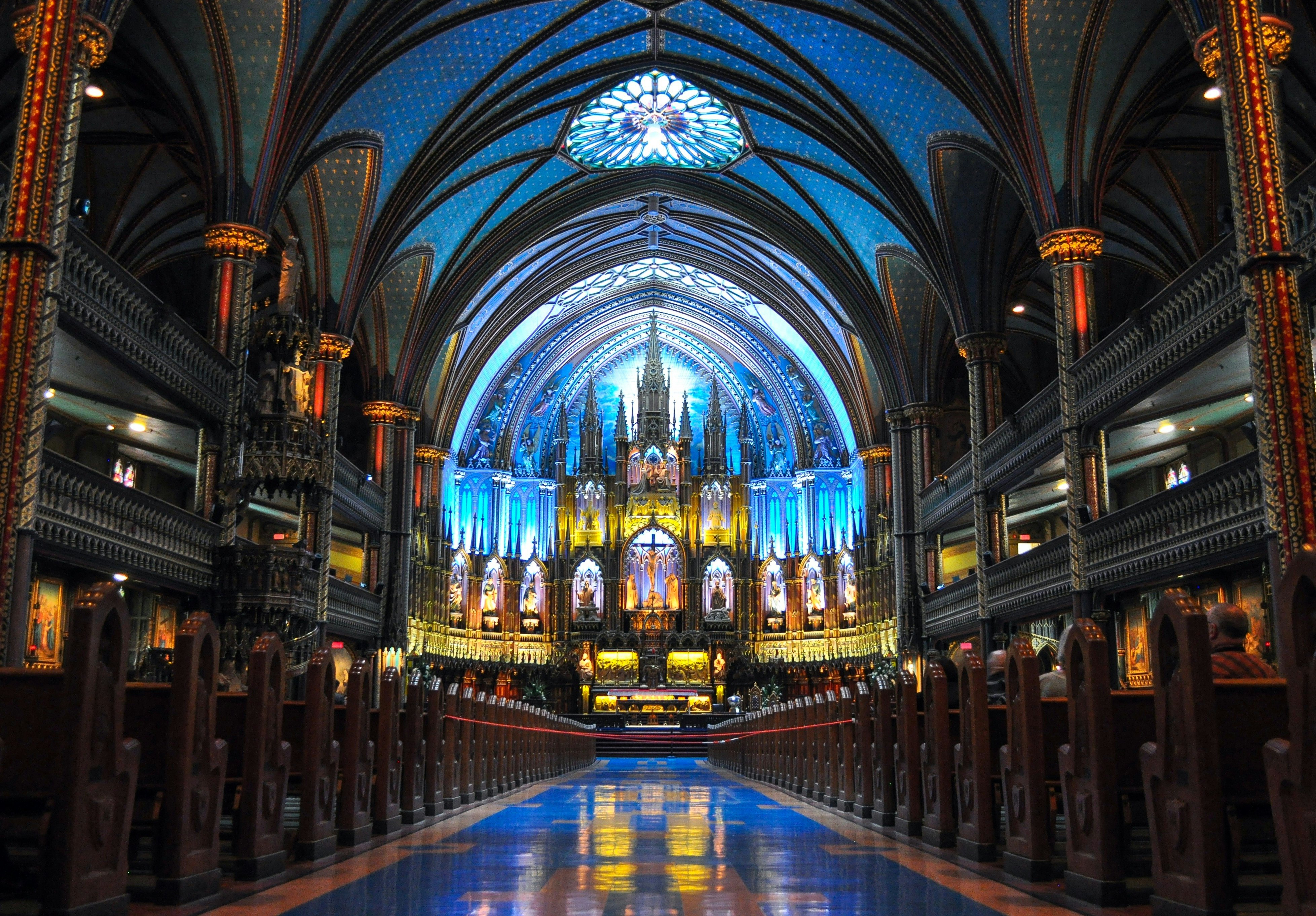
2. Wander around the Old Port
Yes, Montréal’s Vieux-Port is its most touristy area, with souvenir shops, caricaturists and cheesy attractions aplenty, but it's still a must-visit. Dating back to 1611, the neighborhood has a mix of British and French architectural styles, along with a wide boardwalk and historic shipping structures. Some of the prettiest buildings include the Basilique Notre-Dame (Basilica), Hôtel-de-Ville (City Hall) and the former bank that’s now used for the stunning Crew Collective & Café.
Local tip: Time your visit to Basilique Notre-Dame to experience Aura, an immersive light and sound show that transforms the stunning interior of the church.
3. Join locals at a festival and see a show
Rarely a week goes by in Montréal without a festival taking over city streets and parks. When they do, there’s nothing like seeing everyone’s faces light up in sync with scintillating light shows. Spring and summer festivals include Festival International de Jazz for live jazz and other concerts, many of which are free; Mural for graffiti, live hip-hop and shopping along The Main; Montréal Complètement Cirque for live circus performances in the streets; Just for Laughs, one of the world’s premiere comedy festivals; Formula 1 Grand Prix racing and parties on Crescent St; and heart-pumping music festivals Osheaga in summer and Igloofest in sub-zero temperatures. If you aren’t in Montréal in time for a festival, you can always see a show at a performance venue like L’Opéra de Montréal, Chez Mado and MTelus.
Detour: Visit Québec City for the world’s largest winter carnival, Carnaval de Québec and Baie-St-Paul for Le Festif!, a summer music festival with live concerts across town including in the river.

4. Climb Mont-Royal
Montréal’s so-called “mountain,” and the city’s namesake, is the core of Montréal, and thanks to smart city planners that made sure the park was protected from development in 1876, an urban oasis. Parc du Mont-Royal has a wide pedestrian path that zig-zags gently to the top where you’ll find Lac-aux-Castors (Beaver Lake) and Kondiaronk Belvédère, a charming visitor chalet which hosts the city’s best views.
On Sundays at the bottom of the mountain by the monument to Sir George-Étienne-Cartier (one of the fathers of Canadian Confederation) join dozens of people shaking and swaying to bongo drums and other instruments at Tam Tams, an unofficial weekly party that carries Le Plateau’s hippie days into today.
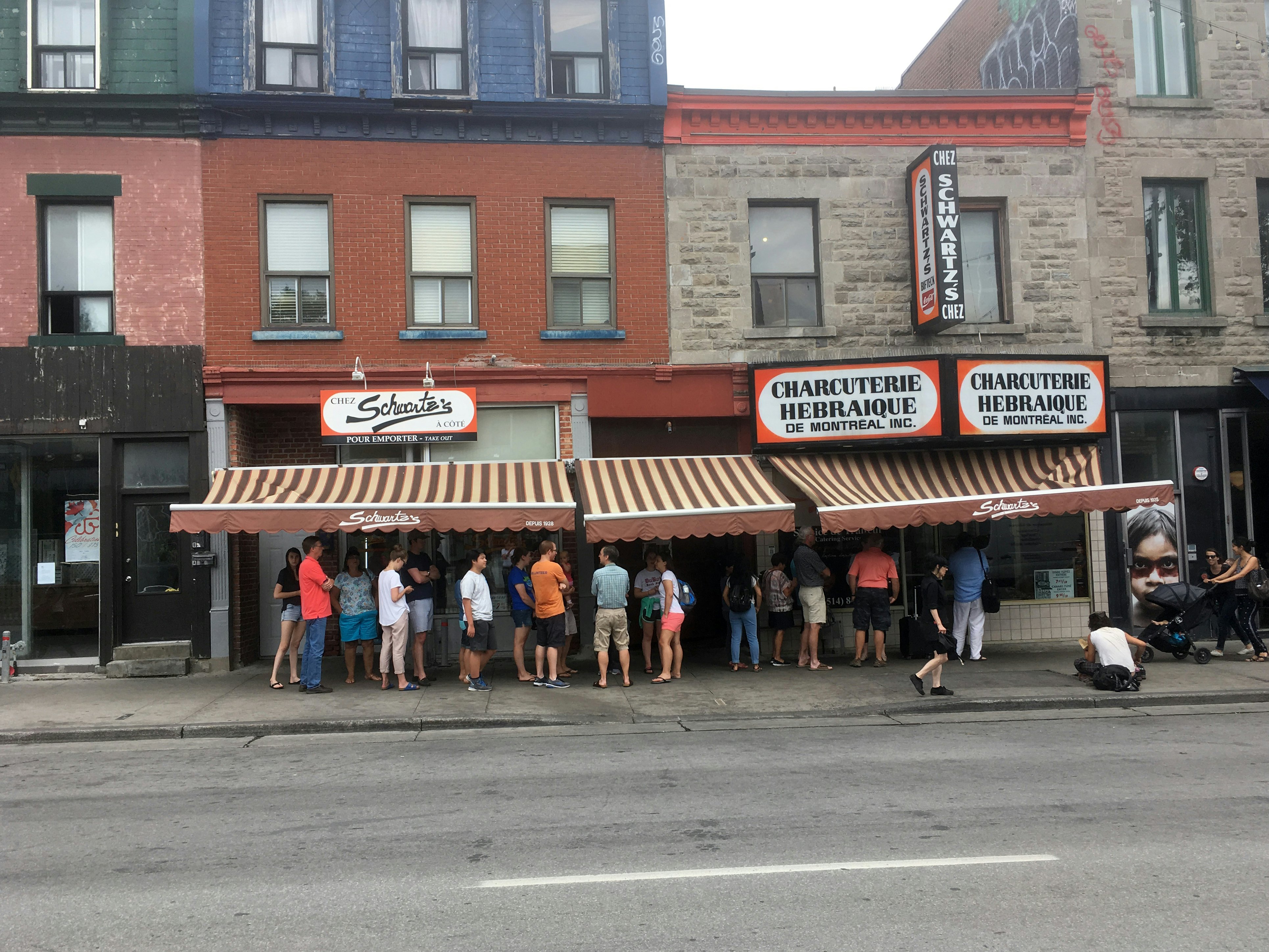
5. Take your tastebuds on a tour
This city is justifiably famous for its Montréal-style bagels (fluffy, water-baked bagels covered in sesame seeds), which are lighter and, let’s face it, better than New York’s (don’t @ me), and smoked meat (brisket) sandwiches. Both were brought to Montréal from Eastern Europe by Jewish immigrants. Try bagels at Fairmount Bagel and St-Viateur Bagel and line up for smoked meat at Schwartz’s Deli.
Stay hungry though as there’s more eating to be done. Portuguese immigrants gave Montréal another iconic dish in the 1960s and ‘70s: piri-piri chicken. Try some spicy bird at Ma Poule Mouillée, Romados and the restaurant whose founder is attributed with introducing Portuguese-style chicken to Montréal: Coco Rico.
While not necessarily a Montréal dish (the origin are casse-croûte chip wagons in central Québec), if this city is your only stop in Québec, you’ll want to try ooey-gooey poutine (well-cooked French fries with squeaky cheese curds bathed in thick gravy). La Banquise, Patati Patata and Chez Claudette are the best.
Local tip: Take a Beyond the Bagel walking tour from the Musée Juif de Montréal to taste the city’s best Jewish noshes and learn about the community’s history.

6. Feel natural diversity
In the city’s east end, Espace Pour la Vie is a group of four (five if you include the Biosphère in Parc Jean-Drapeau) of the city’s best attractions that focus on the natural universe and our place in it. The Biodôme (which is different from the Biosphère) recreates five natural habitats that allow you to see what it’s like in the sub-Antarctic islands (penguins!) and feel the humidity of a tropical rainforest complete with views of parrots. The Insectarium allows you to enter the world of creepy crawlies and butterflies. There’s also the huge and impressive Jardin Botanique (Botanical Gardens), which hosts occasional light shows, and the intriguing Planétarium.
Detour: For a bigger dose of nature, head north of the city to the Laurentian Mountains, dotted with dozens of lakes and sliced by rivers along with Mont-Tremblant, Eastern Canada’s most popular ski resort.
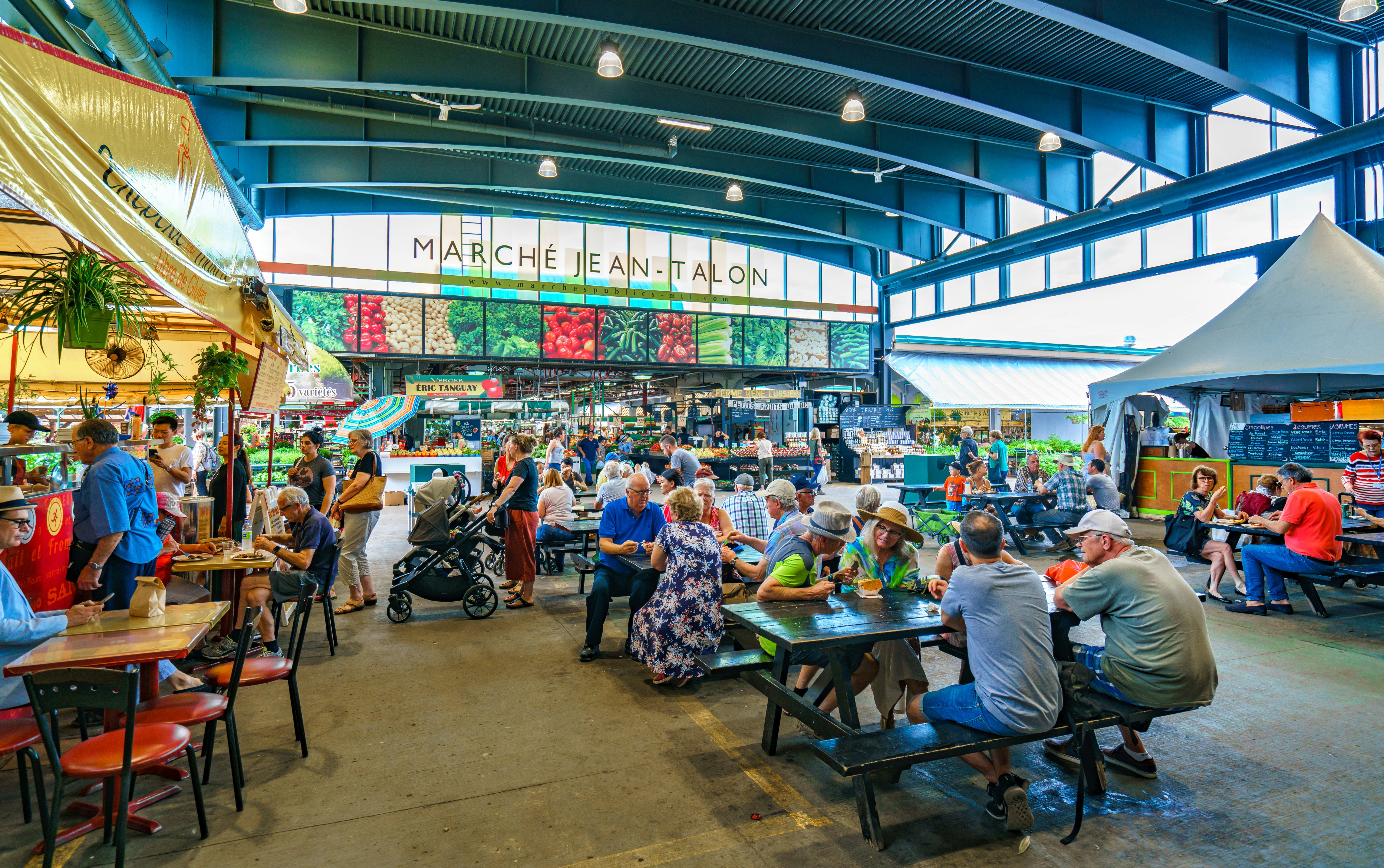
7. Pick up tasty produce at the market for a park picnic
Québec blossoms with fresh produce every year, from crunchy apples to wild blueberries exploding with flavor and ground cherries (tiny orange fruit), all attractively on display in overflowing baskets at the city’s two main farmer’s markers Marché Atwater and Marché Jean-Talon. Pick out your favorites for a picnic at one of the city’s many wonderful parks to get a taste of local life as a Montréaler. Some of the finest parks are Parc La Fontaine, Carré St-Louis, Laurier, Jarry, Jeanne-Mance, and Maisonneuve.
Local tip: You’re allowed to drink alcohol in Montréal’s public parks, but only if you have ample food (ie a baguette and cheese not just a bag of chips). You also must be seated at a picnic table. If not, you could be fined.
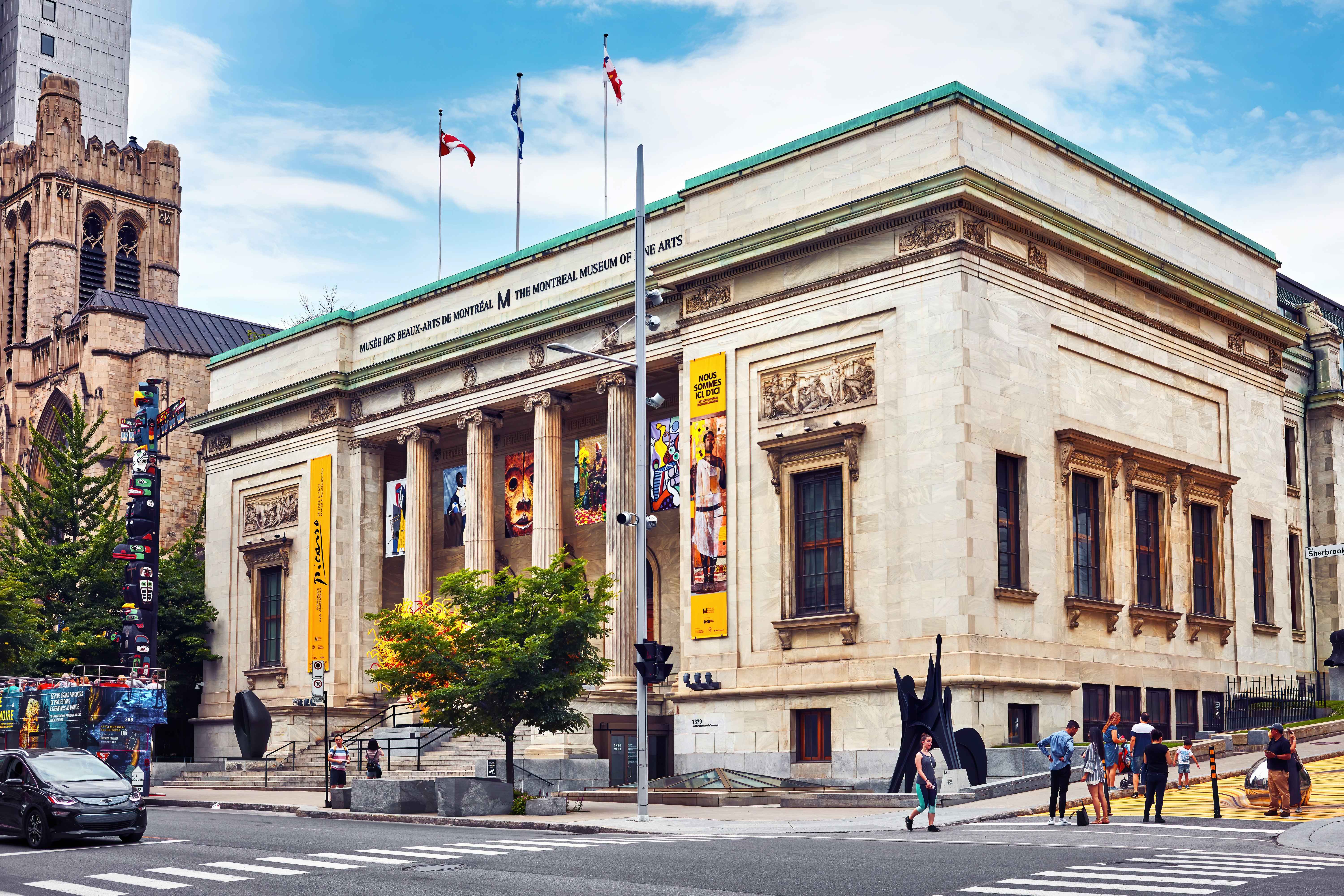
8. Be wowed at a museum or immersive show
Montréal is Canada’s art capital and has some of the country’s best museums. Visit Musée des Beaux-Arts for a multi-floor collection of spectacular art from around the world. The Museé McCord Stewart is a smaller museum focusing on Indigenous art, maps and fashion centered around the city’s many cultures. Go to Pointe-à-Callière to learn about Montréal’s history and venture underground to an archaeology site.
Another favorite is Centre PHI, an immersive art extravaganza with virtual reality and other shows that are out of this world. For a nouveau twist, check out the Cité Mémoire app, which casts augmented reality visualizations of the city’s history on buildings and foliage.
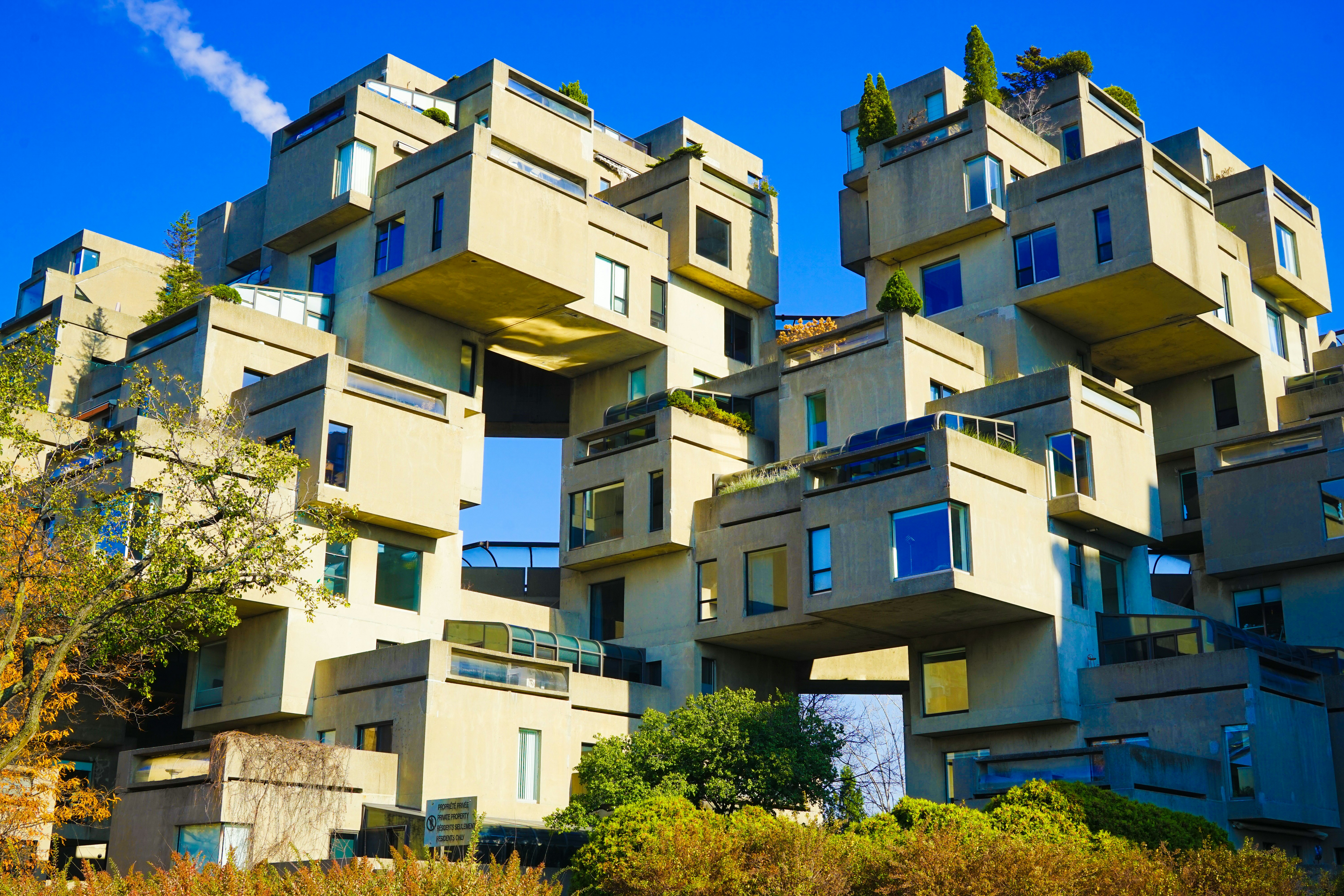
9. Relive Expo 67
Across the St Lawrence River from the Old Port is a partially artificial set of islands created for the Expo 67 (1967) World’s Fair. Many of the amazing structures that welcomed 50 million visitors (Canada’s population at the time was around 20 million) to Parc Jean-Drapeau over the six months it was on are gone, but you can still see Moshe Safdie’s brutalist architectural feat Habitat 67 and the Biosphère dome. Most weekends in the summer, Parc Jean-Drapeau hosts a mini-electronic music festival, Piknic Élektronic, and there’s an amusement park, La Ronde, as well as a beach.
Local tip: Ride over one of the bridges to Parc Jean-Drapeau with a Bixi bikeshare. It’s a fun adventure and provides terrific views over downtown and the St Lawrence River.
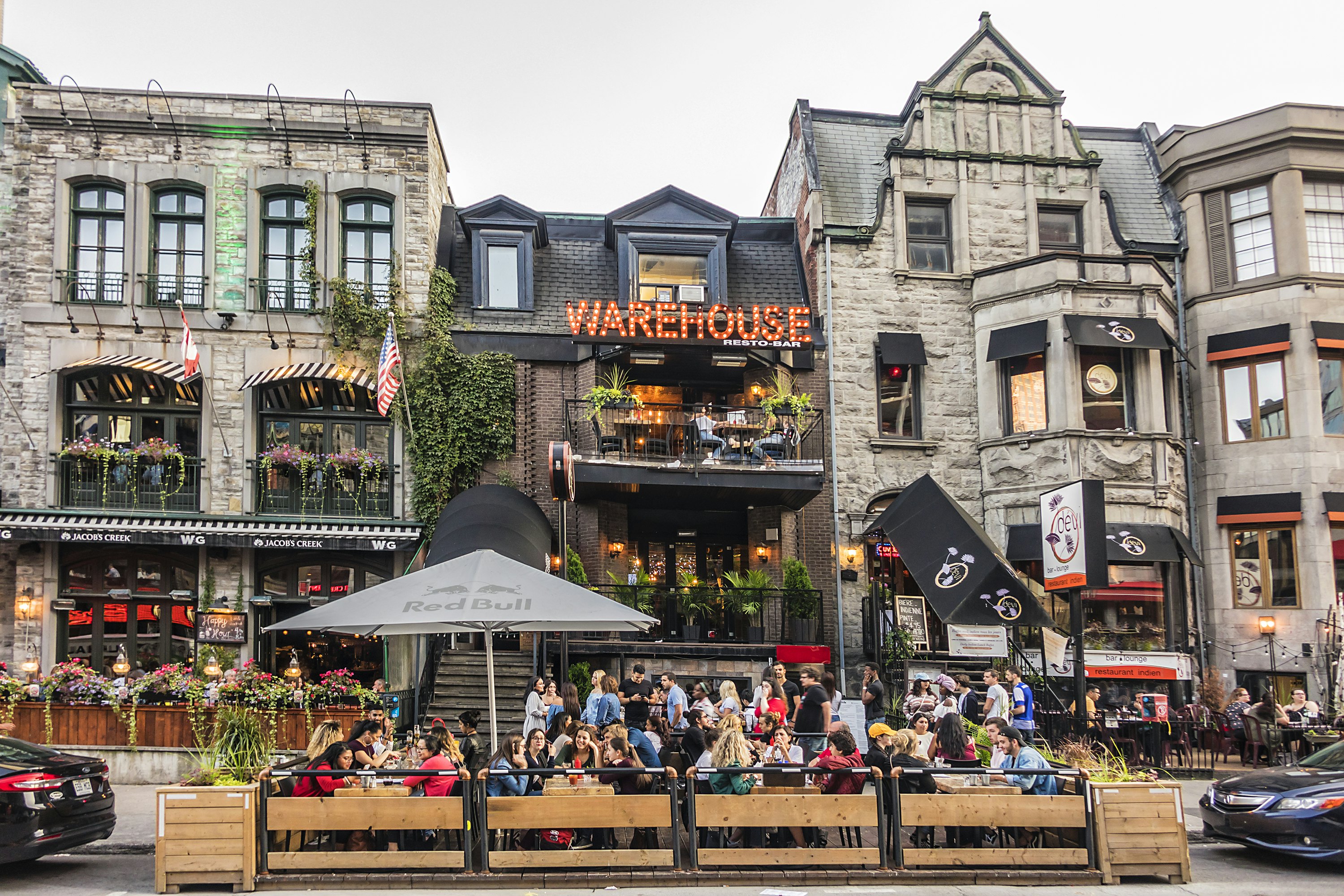
10. Go out on the town
While Montréal has, for the most part, shaken off its reputation as a Sin City – earned during its rowdy neon-lit days during and following US Prohibition – it’s still a great place to have a good time when the sun goes down. Kick off your evening with a 5 à 7 (happy hour) at one of Montréal’s many rooftop bars and terrasses before tasting natural wine or craft cocktails at a hip bar. Continue your night (Montréal bars don’t have to close until 3am) at the many clubs downtown and in Le Village. Some of the best include Bar George, Else’s, BarBara and Messorem as well as Stereo nightclub.
11. Cheer on the Habs at Centre Bell
There are few sports franchises with as storied a history as hockey’s the Montréal Canadiens – stretching to when the team was an “Original Six” National Hockey League franchise all the way to the team’s improbable appearance in the 2021 Stanley Cup Final. Catch a Habs game at Centre Bell and feel the raucous atmosphere of the hometown team. Just don’t you dare cheer for arch-rivals Boston Bruins or Toronto Maple Leafs.
12. Hunt for treasures while vintage shopping
Montréal is the ultimate place for thrifting. Many friperies (stores selling secondhand goods) dot the city’s neighborhoods – think never-ending stalls of flea markets, hip boutiques, sustainability-focused designer stores, mysterious antique shops, and inviting vinyl and book sanctuaries. For a quintessential flea market experience, choose the gargantuan Marché aux Puces St-Eustache.
There's a wealth of vendors selling a large variety of items (clothing, designer bags and shoes, jewelry, toys, antiques, produce, soaps...you name it) at very reasonable prices – make sure you bring cash and not all stalls take cards. Hadio, Eva B, Marché Underground and Espace Pepin are superb vintage shops featuring everything from clothes to quirky gifts, and Aux 33 Tours is the top choice for vinyl, both used and new.



